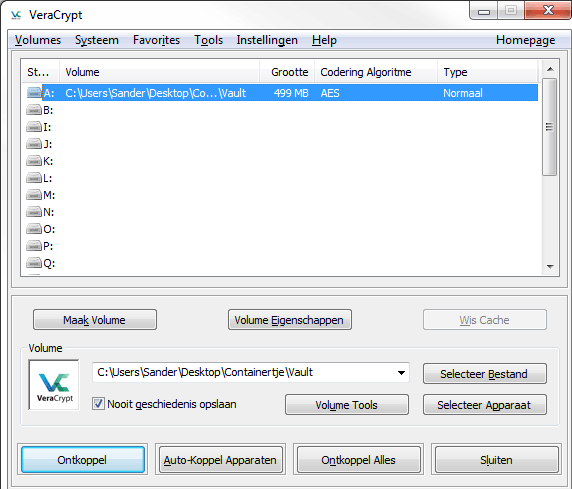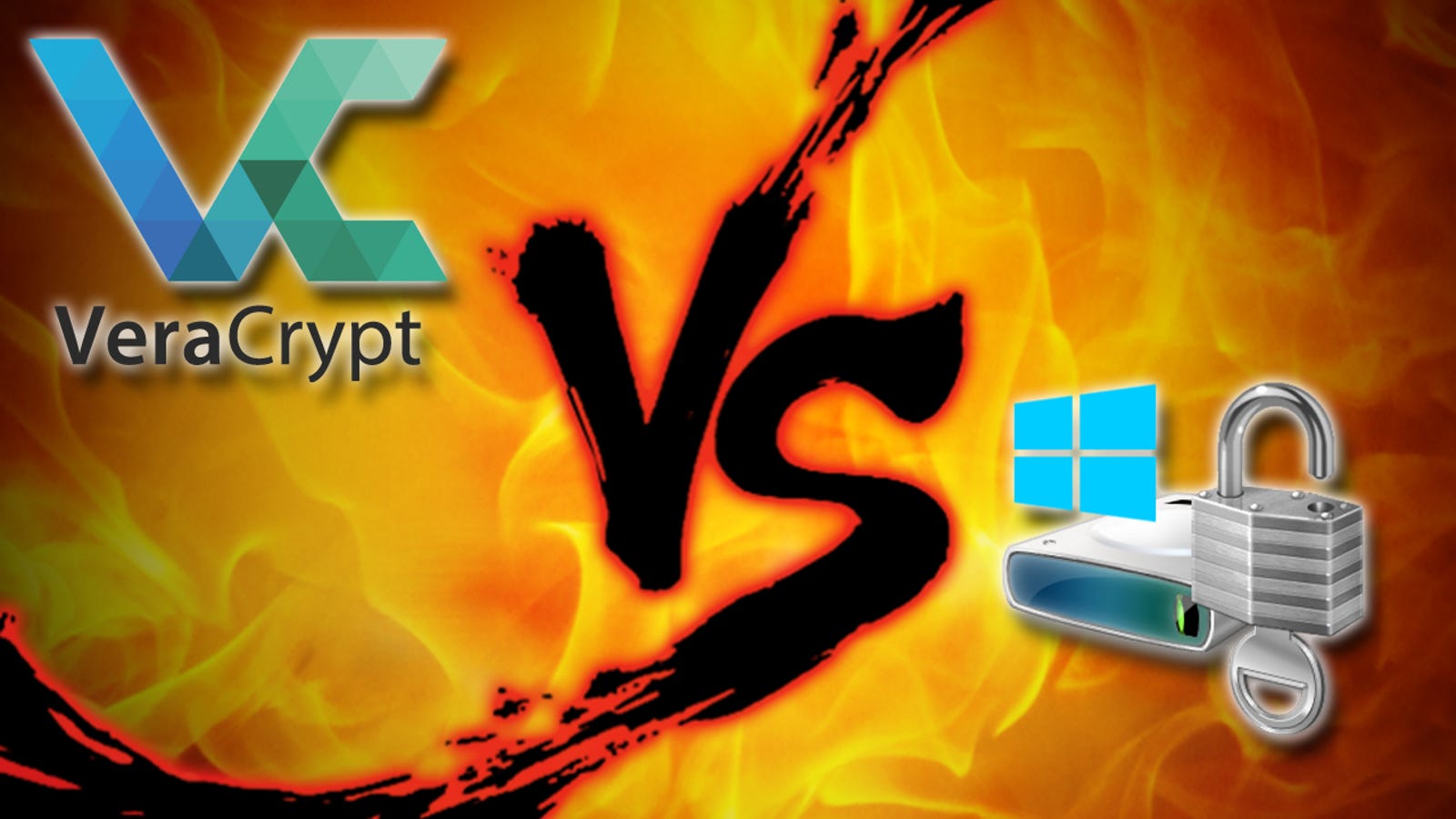
If this command does not for you try this to map the volume: Map the volume to /dev/mapper/truecrypt1: # truecrypt -volume-type=normal -c /dev/sda1 If you want to use a keyfile, create one with this command:īy default both passphrase and key will be needed to unlock the volume.Ĭreate a new volume in the device /dev/sda1:

Note: If you are having problems with the graphical interface, you can run in CLI mode with the -t flag. $ truecrypt -t /home/user/ EncryptedFile.tc /home/user/ EncryptedFileFolder You can now mount the new encrypted file to a previously-created directory: Please type at least 320 randomly chosen characters and then press Enter:ĭone: 32.00 MB Speed: 10.76 MB/s Left: 0:00:00
VERACRYPT SAFE PASSWORD
To create a new truecrypt file interactively, type the following in a terminal:įollow the instructions, choosing the default values unless you know what you are doing:Įnter file or device path for new volume: /home/user/ EncryptedFile.tcĮnter volume size (bytes - size/sizeK/sizeM/sizeG): 32MĮnter password for new volume '/home/user/ EncryptedFile.tc': ***************************** This is a convenient way to store sensitive information, such as financial data or passwords, in a single file that can be accessed from Linux, Windows, or Macs. The following instructions will create a file that will act as a virtual filesystem, allowing you to mount it and store files within the encrypted file. See crypttab(5) for more details and options supported. It is useful with NTFS for mounting as a normal user. Instead of auto, you can put directly your filesystem, and put usual mount options. etc/fstab /dev/mapper/truecrypt-volume /mnt/truecrypt-volume auto noauto,tomount 0 0 For a veracrypt volume, use tcrypt-veracrypt alongside tcrypt. etc/crypttab truecrypt-volume /dev/sda2 /etc/volume.password tcrypt-system,noautoįor a standard truecrypt volume, use tcrypt instead of tcrypt-system. Other than that you can still reliably identify the encrypted volume itself inside of /etc/crypttab using device file names from /dev/disk/. Note that the device file given in /etc/fstab needs to be the one from /dev/mapper/ and not, for example, from /dev/disk/by-uuid/ for automounting logic to kick in. The passphrase to open the volume is given in /etc/volume.password. The following example setup will mount /dev/sda2 in system encryption mode as soon as /mnt/truecrypt-volume is accessed using systemd's automounting logic. Since version 206, systemd supports (auto)mounting TrueCrypt containers at boot or runtime using /etc/crypttab. See cryptsetup(8) for more details and all supported options. If you are using key files, supply them using the -key-file option, to open a hidden volume, supply the -tcrypt-hidden option and for a partition or whole drive that is encrypted in system mode use the -tcrypt-system option. Upon successful opening, the plaintext device will appear as /dev/mapper/container-name, which you can mount like any normal device. Replace container-to-mount with the device file under /dev or the path to the file you wish to open. If using a custom Personal Iteration Multiplier (PIM), use the -veracrypt-query-pim option to be promoted for the PIM.

To mount a VeraCrypt cointainer, you must use the -veracrypt option alongside -type tcrypt. $ cryptsetup -type tcrypt open container-to-mount container-name Use the following command as a guideline. Since version 1.6.7, cryptsetup supports opening VeraCrypt and TrueCrypt containers natively, without the need of the veracrypt package. # tee /etc/modules-load.d/nf <<< "veracrypt"Īccessing a TrueCrypt or VeraCrypt container using cryptsetup a hard disk or usb drive), you will likely want to load the module during the boot sequence: If you are using veracrypt to encrypt a physical device (e.g. a file), the module will be automatically loaded whenever you run the veracrypt command. If you are using truecrypt to encrypt a virtual filesystem (e.g. The above advice may be outdated with respect to the module, however it is still important to enable FUSE, loop and your encryption algorithm (e.g. It does not appear that loading a module applies with VeraCrypt as of. This did not work for me (module veracrypt seems to be non-existent now), but adding "loop" module worked


 0 kommentar(er)
0 kommentar(er)
